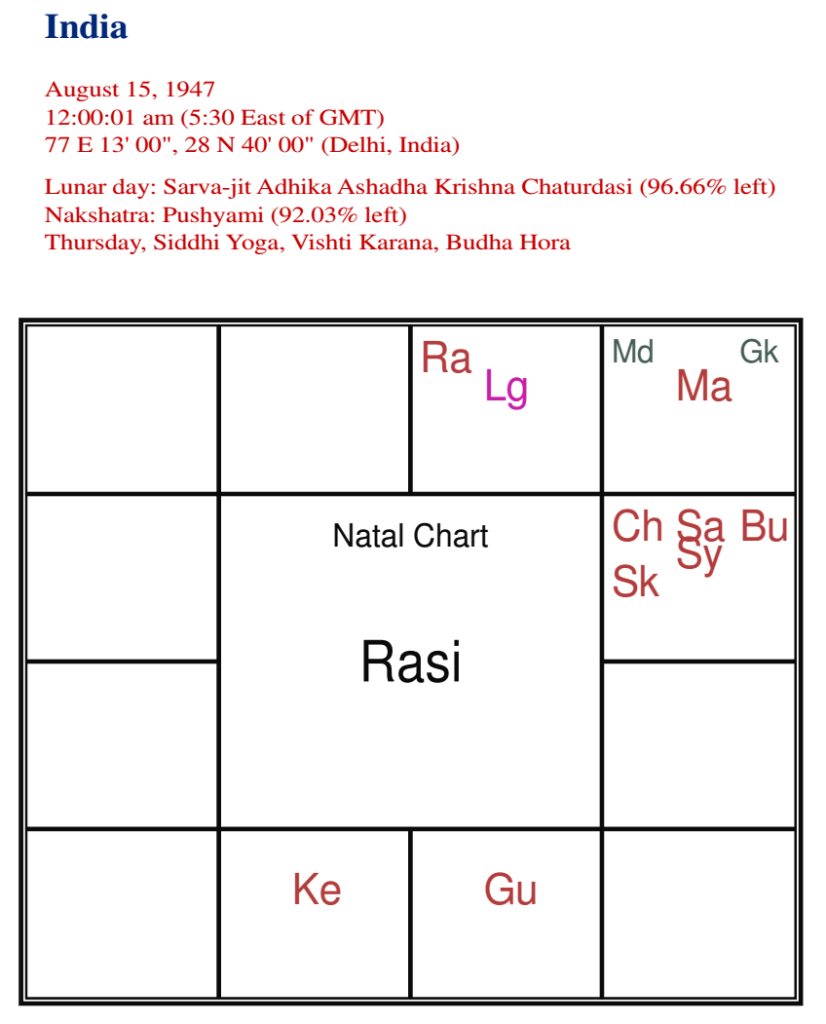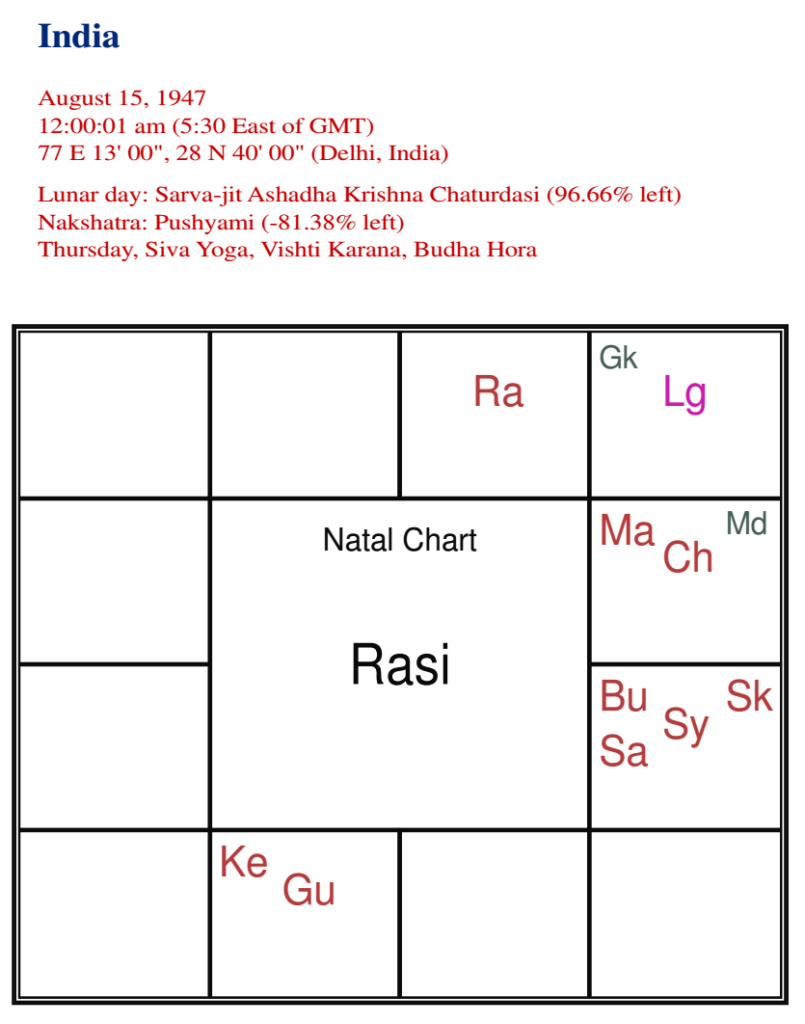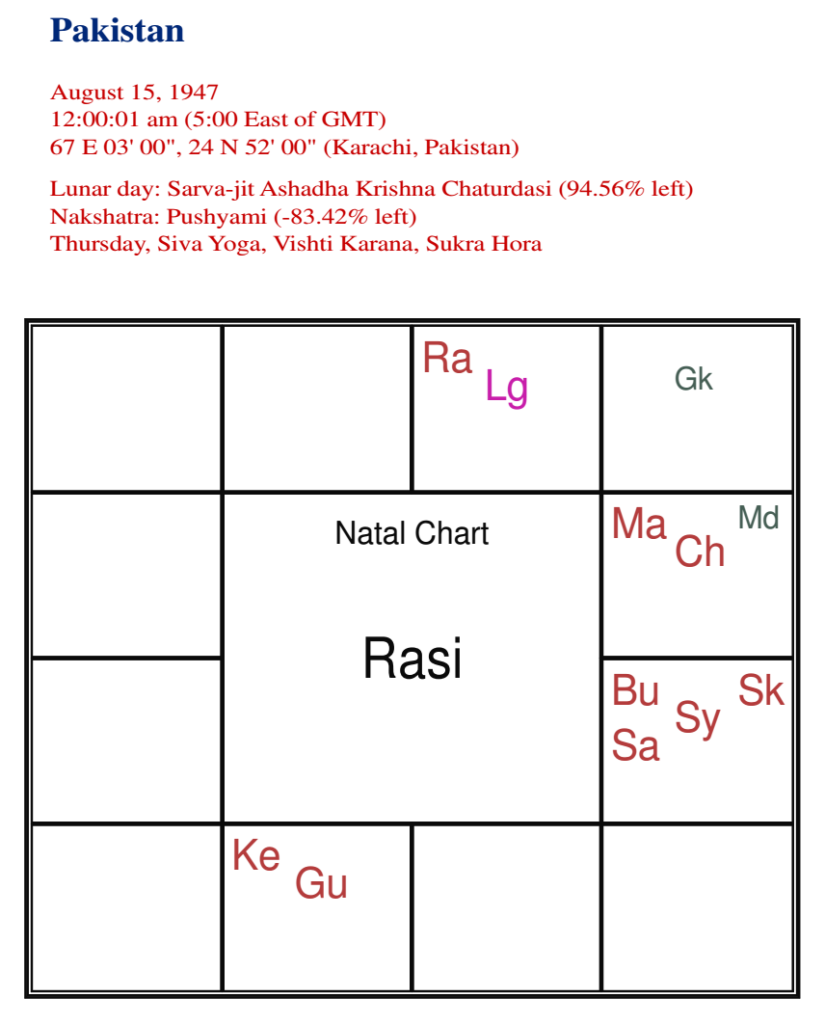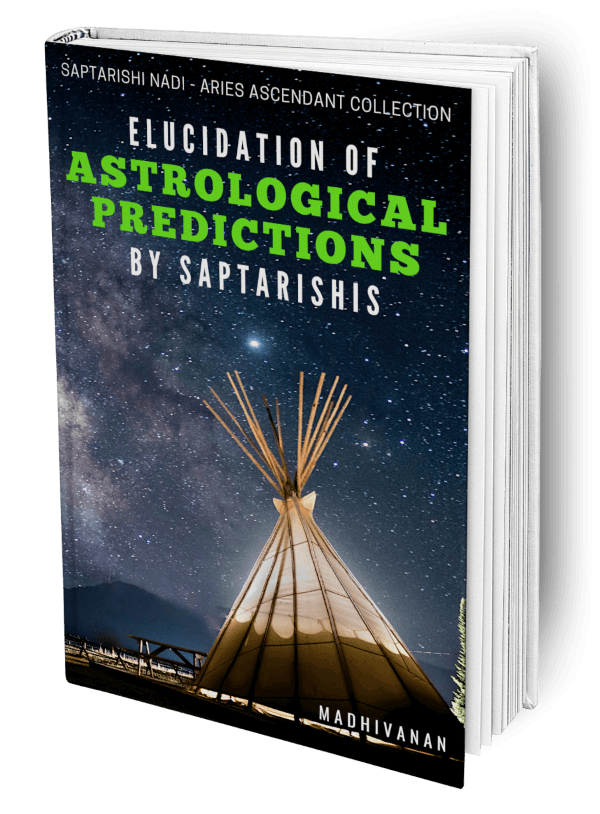The quest for truth
Astrology was practised by the rishis (sages) in ancient times. However, humanity has lost that precious art through the ages, and what goes around as astrology nowadays is but a pale shadow of what our ancestors knew then. As a result, in my endeavour to learn authentic astrology, I had to overcome a few misconceptions on what is considered authentic.
Table of Contents
Are the classical astrology books authentic?
The classical astrology books we have now have all been penned down after the start of Kali yuga. For example, Brihat Jataka is said to have been written about 2000 yrs back, and all the other books available now were written after Brihat Jataka. Moreover, the authenticity of the versions of Brhat Parasara Hora Sastra we have now is debatable. A profound discussion on this topic is available here.
Brihat Jataka
I read Brhat Jataka so as to learn astrology in its purest form as expounded by the sages. But, I felt wanting for more and that the book was incomplete. I don’t intend to say that I mastered that book, but the book does not discuss even some basic aspects of astrology like the rules about rahu and ketu; about 6th, 8th, and 12th houses being bad; etc.
No agreed-upon rules in Vedic astrology
To add to the confusion, no two books agreed on the astrological rules, and applying those contrasting rules did not produce good results. Certainly, I am not a master of astrology, agreed. But, even the masters cannot understand the basis of the predictions in nadi astrology and Saptarishi Nadi.
Saptarishi Nadi
To clarify, those who have consulted nadi astrology will realize the precision of the past-life predictions in those palm leaves; therefore, a science capable of such predictions existed/exists. In fact, we do have the work of saptarishis themselves in the Saptarishi Nadi series.
Saptarishi Nadi is a collection of books containing discussions of horoscopes by the seven sages (saptarishis) and the consort of Lord Siva, Devi Parvati, herself. It is written in poetic form in the Tamil language. These books were compiled from palm manuscripts found in various parts of Tamilnadu, India, and published by the Government Oriental Manuscripts Library, Madras. Most importantly, they are a treasure house for those who want to analyze the predictions of the horoscopes by the ancient sages. I have discussed at length about this collection in the Saptarishi Nadi section. I have compiled the portions where the saptarishis put forth their arguments in favor of/against some of their predictions in the form of an eBook titled, “Elucidation of astrological predictions by saptarishis: Saptarishi Nadi, Aries ascendant collection.”
The most intriguing aspect of Saptarishi Nadi is that the verses indicate the planetary position at the time of birth. The saptarishis also elaborate on their predictions and elucidate the various conflicting rules, which throw much light on the authentic rules of astrology.
Saptarishis used tropical zodiac
In the course of my quest for authentic astrology, a tectonic realization occurred: I learned that the saptarishis used a tropical zodiac with sidereal nakshatras, as opposed to a sidereal zodiac. To clarify, traditional Indian astrologers nowadays use sidereal zodiac. I have discussed at length the evidence that the saptarishis used a tropical zodiac in my article here. Specifically, manuscript evidence for the use of tropical zodiac by the saptarishis is also available now.
Tropical zodiac vs sidereal zodiac
To understand the impact of using a tropical zodiac versus sidereal zodiac, let’s compare the charts for two countries that obtained independence at the same time—India and Pakistan.
Chart using sidereal zodiac for India and Pakistan
Both India and Pakistan obtained independence on August 15, 1947, at the stroke of midnight. The horoscopes for India and Pakistan generated using sidereal zodiac (traditional Lahiri ayanamsa) are given below:


We see that the ascendants are the same for both countries. In fact, the horoscopes are the same for both countries using sidereal zodiac. However, we know that the two countries have very different characters, standing in the world stage, and growth trajectories.
Although Pakistan now celebrates its independence on the 14th of August, the Indian Independence Act 1947 recognized 15th August 1947, as the birthday of both Pakistan and India. Jinnah also declared in his first speech, “August 15 is the birthday of the independent and sovereign state of Pakistan.” Only later did Pakistan advance the Independence Day to 14th August. Therefore, for astrological predictions, 15th August should be considered as the moment of birth for Pakistan. The moment of conception cannot be changed to our whims and fancies after the fact.
The charts using tropical zodiac
Let us use tropical zodiac for calculating the birth chart of both the nations. Setting up JHora to use tropical zodiac with sidereal nakshatras has been illustrated in this post.


A cursory analysis shows that the ascendant is different for the two nations. The ascendant for Pakistan is the same as before (Taurus). However, the placement of the planets has changed. The ascendant for India is Gemini. The charts of India and Pakistan are different now.
One conspicuous bit of history is that Pakistan waged many wars against India and lost. The ascendant lord for Pakistan, Venus, is placed in the 4th house (Leo). Venus also happens to be the 6th lord and is strongly placed in a kendra. A strong 6th lord is not good for the analyzed entity and strengthens one’s enemies. By contrast, the 6th lord for India is Mars and is debilitated in Cancer. A native with a debilitated 6th lord overcomes her enemies.
Computation using tropical zodiac brings out the differences in the fate of the two nations, while that using a sidereal zodiac does not. Other astrologers have used a different birth time for Pakistan to circumvent this problem, which is unacceptable. The tropical zodiac clearly depicts the truth.
Try explaining the fate of India and Pakistan using sidereal zodiac. One would have to resort to complicated rules and explanations (or bend them to one’s advantage) or alter the birth time (rectification). The astrologers who used sidereal zodiac through the centuries would have tweaked the rules based on their experience to explain the life events.
Know your Vedic horoscope with tropical zodiac and sidereal nakshatras
To compute a horoscope with tropical zodiac and sidereal nakshatras for you for free, you can send me your birth particulars (date, time, and place of birth) through the contact form in the website. I will send you the basic horoscope in pdf form as soon as I find time.
To sum up
After I came across Saptarishi Nadi, I realized that the saptarishis used a tropical zodaic. However, humanity lost this knowledge during Kali yuga. Later, the traditional astrologers in India started using a sidereal zodiac. As a result, over the course of time, they would have tampered/invented the rules to suit a sidereal zodiac. Therefore, the classical astrological books we have now may not be authentic.
My blog
In my humble quest to learn authentic astrology as practised by the rishis, I have chosen to write on Saptarishi Nadi and Pulippani astrology as I find these to be authentic, unsullied by the ravages of time.
I will be writing on the authentic rules as discussed by the saptarishis in Saptarishi Nadi in my blog.

May 31, 2019 at 4:24 pm
Sir, what are the effects when a retrograde planet is exalted or debilitated?
June 1, 2019 at 4:53 pm
I’m going to restrict my answer to what the saptarishis has said. I have read aries and virgo ascendant collections, but a planet being retrograde has not been mentioned even once. You are free to draw your conclusions.
June 1, 2019 at 4:30 pm
Good evening sir, are the outer planets (Uranus, Neptune and Pluto) also considered by our Saptarishis?
June 1, 2019 at 4:56 pm
No. Our saptarishis talk only about 7 planets and rahu and ketu. Even the known Sanskrit classics do not talk about other outer planets. So that should answer your question.
August 10, 2019 at 9:06 pm
Sir, What are the differences between tropical zodiac and sidereal zodiac? Which between both the tropical zodiac and sidereal zodiac follows the Axial Precession of the Equinoxes?
August 10, 2019 at 11:56 pm
Kindly take a pen and paper. Done? Well, now draw a circle. A circle has no starting point and ending point. Now if i tell you to divide the circle into 12 equal parts, you have to START the first segment somewhere. right? We all know the zodiac starts with Aries. So far so good. But where to mark the starting point of Aries? You have two friends who advise you on this, but unfortunately they don’t agree on the starting point of the circle. What will you do? One of your friends says that she will start it where the nakshatra (constellation of stars) Ashvini starts. Her name is Ms.Sidereal. Your other friend, Ms.Tropical, says she will start it when the duration of the day and night is equal (equinox, specifically March equinox). This point on the circle keeps changing every year due to the precession of the equinoxes. You let both of them have their way. So now you have Ms.Sidereal’s zodiac and Ms.Tropical’s zodiac. The whole world follows Ms.Tropical’s zodiac and publishes the ephemeris based on that. Your other friend, Ms.Sidereal, is still adamant. She uses the ephemeris published by Ms.Tropical’s friends but adjusts it to suit her definition by subtracting a value which keeps changing steadily due to the precession of the equinoxes. She calls this variable, ‘ayanamsa.’ Please decide which one of your friends is right. This is the end of this story.
Ms.Tropical’s definition takes into account the precession of the equinoxes. Ms.Sidereal’s definition does not take the precession of the equinoxes into account as it is based on a particular constellation (Ashvini). Her zodiac always starts from that point, no matter what. Hope this answers your questions.
This topic has been discussed elaborately in this page.
September 29, 2019 at 6:21 pm
hi Dr.Mathi..
pls do go in depth of these researches.. Hope to have ur views more on this.. keep updating.. Thanks.. Anbudan- GV
November 20, 2019 at 12:57 pm
Hello Sir, Have you been able to translate other Lagnas like Mithunam, Karkatakam, Thulam, etc I am eager to know whether you are anybody else has done the translation into English since I cannot read Tamil.
November 20, 2019 at 1:26 pm
Shree Yenbeeyes has translated many horoscopes in aries lagna. You can Google them. Translating other lagnas from my end is an ongoing project. I’m planning to translate all the horoscopes in each lagna collection, but it will take time. If you are interested in astrological predictions, check out my book “Elucidation of astrological predictions by saptarishis”.